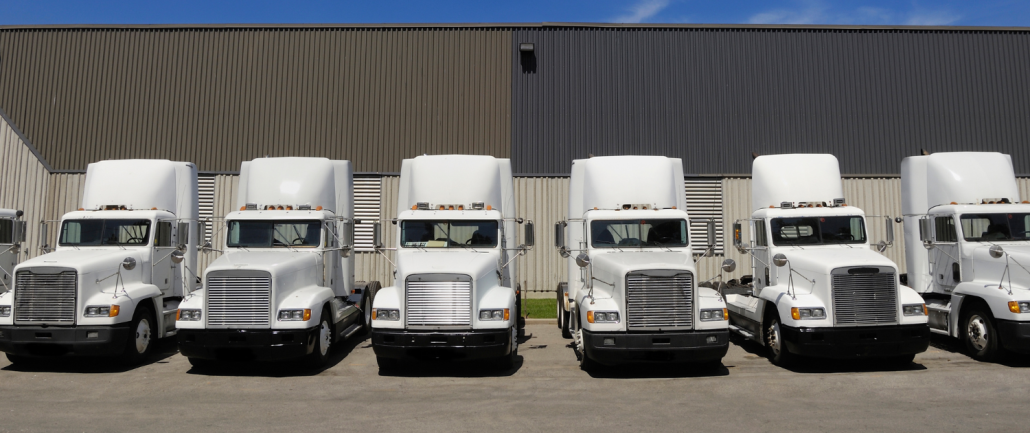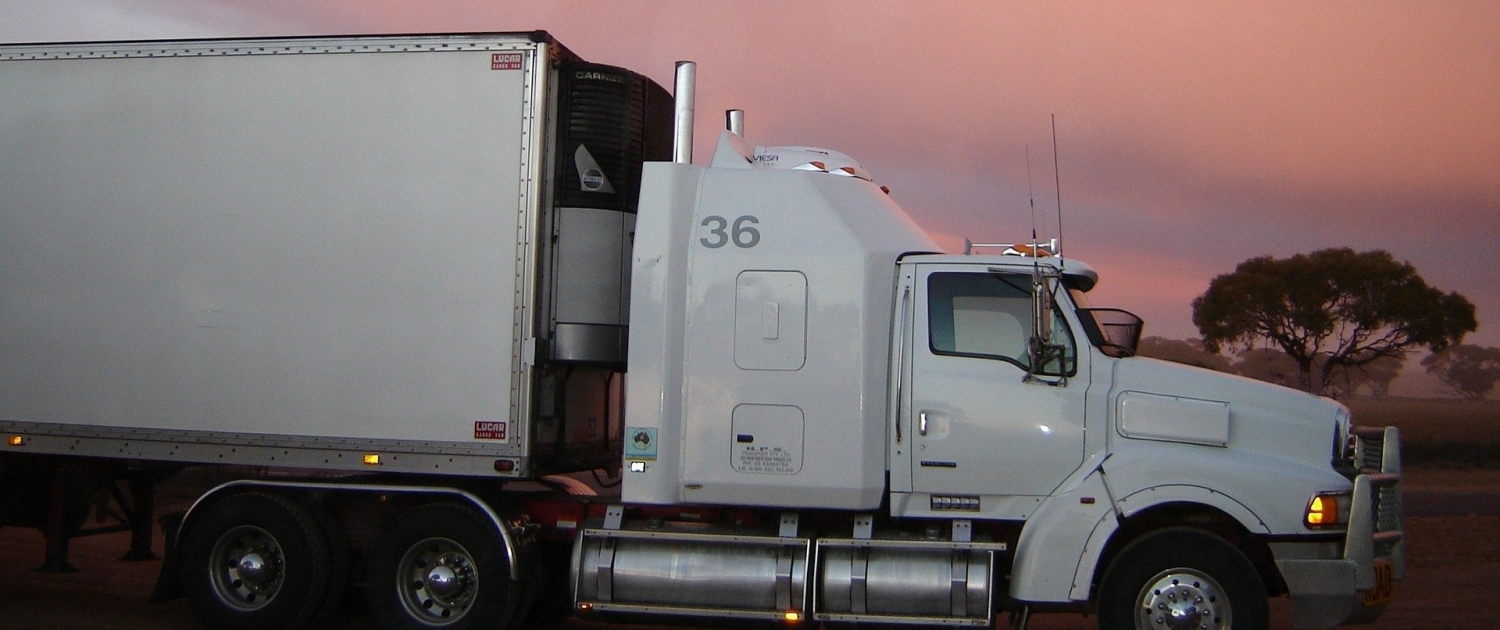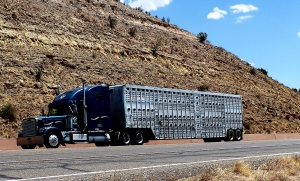
The trucking industry continues to experience a critical driver shortage, creating a climate of high demand for experienced and reliable professionals.
According to the American Trucking Associations, the industry faced a shortage of over 60,000 drivers in 2023, and projections suggest that number could grow significantly in the coming years. For CDL drivers currently in the workforce, this shortage can work to your advantage.
Carriers are actively seeking ways to attract and retain talent, which means better pay, improved benefits, and a stronger emphasis on job security. Drivers who understand how to position themselves during this time can find more rewarding roles and long-term career growth.
Why Demand is Rising
Several factors are driving this growing demand.
First, the aging workforce means many drivers are retiring, leaving open positions unfilled. Second, the growth of e-commerce has drastically increased the volume of goods needing transportation across the country. Finally, many companies are expanding their delivery networks to meet quicker consumer expectations.
This combination of retiring professionals, rising freight demand, and changing customer habits means that experienced drivers are more valuable than ever.
Benefits for Drivers in Today’s Market
Here are five major ways the ongoing driver shortage is creating new advantages for CDL drivers:
1. Higher Pay and Signing Bonuses:
Carriers are offering increasingly competitive pay to secure reliable drivers. In many regions, average annual salaries for long-haul drivers have climbed significantly. On top of that, companies are offering generous signing bonuses, especially for those with clean driving records and proven experience.
2. Better Benefits:
It’s not just about base pay. To stand out in a competitive hiring landscape, many companies are improving their benefit packages. Health insurance, retirement plans, paid time off, and even wellness programs are becoming more common.
3. More Job Options and Routes:
Drivers now have more flexibility when it comes to choosing their preferred routes and work schedules. Whether you’re interested in local, regional, or over-the-road work, there are more opportunities to match your lifestyle and career goals.
4. Improved Equipment and Technology:
Another key benefit is the investment in newer, safer, and more comfortable trucks. Many carriers are upgrading their fleets to attract drivers, offering vehicles with modern features like automatic transmissions, onboard communication tools, and driver-assist technologies.
5. Stronger Job Security:
Because of the long-term nature of the shortage, experienced drivers can expect greater job stability. While many industries face seasonal layoffs or automation, truck driving remains a vital link in the supply chain that cannot be replaced.
How to Take Advantage of the Market
If you’re already on the road or looking to get back in, now is a smart time to be strategic about your career choices.
1. Update Your Resume and Certifications:
Keep your CDL and any endorsements up to date. Hazardous materials, tanker, and doubles/triples endorsements can make you more attractive to employers and increase your earning potential. There is a growing shortage of drivers with endorsements.
2. Compare Carriers Before Committing:
Not all jobs are going to check the right boxes. Take the time to research and compare what different companies offer. Consider not only pay but also route preferences, time at home, benefits, safety ratings, and driver reviews.
3. Leverage Your Experience:
If you’ve been driving for a few years with a clean record, you’re in a strong negotiating position. Be sure to ask about pay increases, home time flexibility, or other incentives when talking to recruiters.
4. Consider Specialized Driving:
Jobs that require specific skills, like flatbed or refrigerated hauling, often pay more and have less competition. Gaining experience in one of these areas can help you stand out.
5. Stay Informed About Industry Trends:
Being knowledgeable about the market can help you spot new opportunities and make smarter decisions. For example, some carriers are now offering dedicated routes for drivers who want predictable schedules. Others are rolling out training programs to promote experienced drivers into mentoring or management roles.
By staying informed, keeping your certifications up to date, and staying open to new opportunities, you can make the most of the growing demand for skilled drivers across the industry.
Want to stay ahead of the curve? Be sure to check out more posts on our blog and connect with us on social media!




 The second classification of commercial drivers is in
The second classification of commercial drivers is in  The final big decision to make is what kind of driver you want to be. As you can probably guess from the name, company drivers work exclusively for one company. Company drivers can work solo or in a
The final big decision to make is what kind of driver you want to be. As you can probably guess from the name, company drivers work exclusively for one company. Company drivers can work solo or in a  After you have your CDL, you are nearly ready to hit the road with your first job! As part of your CDL training, you will have completed your
After you have your CDL, you are nearly ready to hit the road with your first job! As part of your CDL training, you will have completed your


 One college student from Wyoming isn’t letting his deafness hinder his dream of having a
One college student from Wyoming isn’t letting his deafness hinder his dream of having a 
 One veteran driver in Dalton, GA, is setting new drivers up to get
One veteran driver in Dalton, GA, is setting new drivers up to get 
 Few of us enter the workforce expecting to work forever – but it turns out some professions are more conducive to the long term than others. The Center for Retirement Research at Boston College
Few of us enter the workforce expecting to work forever – but it turns out some professions are more conducive to the long term than others. The Center for Retirement Research at Boston College 

